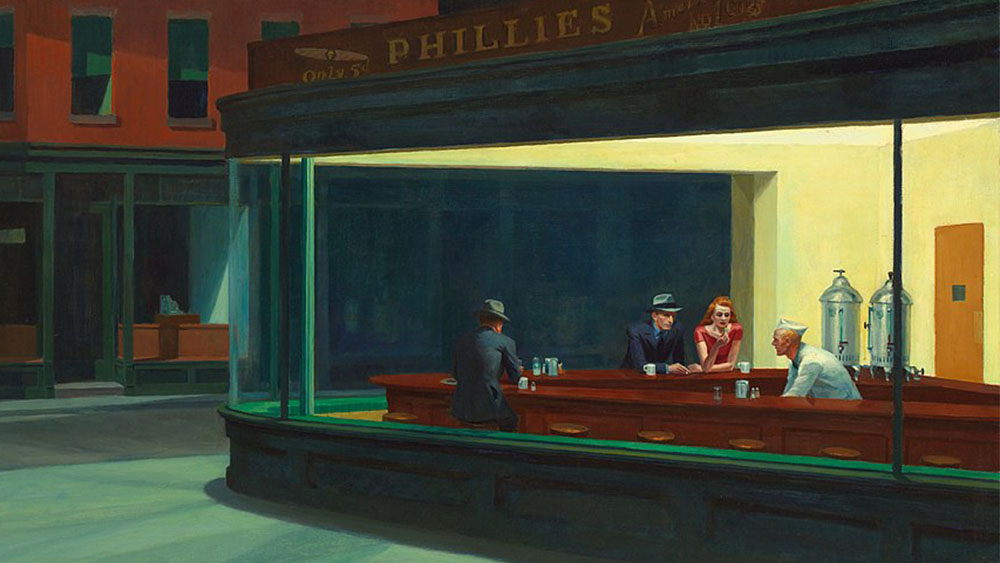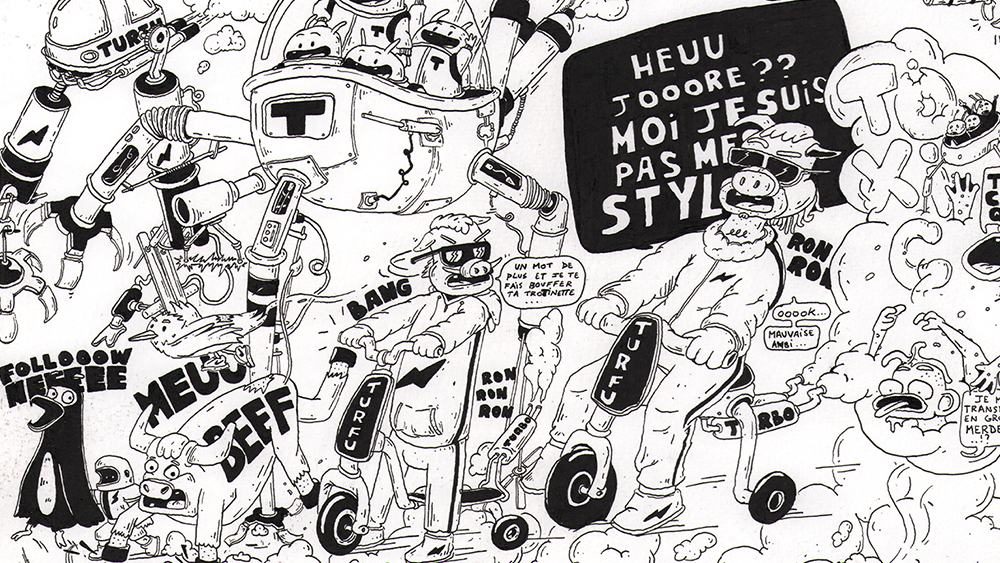Rembrandt, Vermeer, and now Hopper – how AI’s remakes are testing the soul of art
When Google's AI team unveiled its art demo, the AI version of Edward Hopper's iconic Nighthawks painting reimagined as a 3D, explorable scene, it stopped me from doomscrolling for all the wrong reasons.
The Genie AI model transformed the static painting into a virtual space, enabling us to step inside the diner, view the scene from multiple angles, and mingle with the 'lonely' coffee lovers of Hopper's late-night cafe. While the technical achievement is impressive, it raises questions about the ethics of AI interpreting classic artwork and often getting it completely wrong.
The allure of the AI remade Nighthawks lies in the transformation of static art into a 'real' environment. By reconstructing a two-dimensional painting into a three-dimensional space, AI offers a new, very modern way to engage with art. We can now ‘enter’ the artwork, exploring it from multiple angles, much like walking through a physical space. The idea is we get a deeper, more personal connection to the art. Well, that's the idea.
Google’s Nighthawks misstep shows this immersion can come at a cost when the art isn’t understood or the artist’s intentions are pushed aside in favour of the spectacle of 'being in the painting'. The very essence of the original artwork, the artist's intentional composition, the play of light and shadow, and the deliberate use of space are altered.

The ethics of AI alteration
In the case of Nighthawks, the AI's interpretation introduces elements that were never present in Hopper's original vision. The diner becomes a fully realised 3D environment, complete with textures and details that Hopper never intended. While this may enhance the 'immersion', it also risks overshadowing the artist's original intent. It raises issues and questions, from simple fears of drifting from an artist’s intent to bigger subjects, like whether AI art is sacrilegious when reinterpretations can unintentionally disrespect the original work, even in seemingly harmless ways.
At the heart of this issue lies the ethical dilemma of altering classic artwork. When AI reinterprets a painting, it introduces changes, textures, lighting, composition, and even ideas at odds with the artist's intent. This raises questions about authenticity and respect. Is it ethical to modify a work of art?
Art has always been subject to human interpretation. We bring our own experiences, emotions, and perspectives to their understanding of a work of art. This subjective view is what makes art personal and meaningful. AI, however, cannot experience art in this way. It processes data and generates outputs based on patterns and algorithms, devoid of personal experience. Not to mention, it's wholly reliant on a human's prompts, or poorly worded prompts.
Daily design news, reviews, how-tos and more, as picked by the editors.
Or even a joke prompt, as X user Sonch (@soncharm) said while posting the image below, “Using AI, I was able to take some old painting and make it better”. That old painting was Hopper's Nighthawks, now a sunny, bustling American street.
By allowing AI (and prompt culture) to reinterpret classic artwork, we risk replacing human interpretation with machine-generated blank spaces. While AI can produce impressive visual representations of art, it cannot replicate the nuanced understanding and emotional depth that human viewers bring to an image.

AI preservation has a use
Despite these concerns, AI holds promise for preserving artwork. By creating digital versions, or remade copies, of artworks that are deteriorating or even destroyed, AI can help ensure artists' work is never deleted. Oh sure, it may also be remade, reimagined, or misused, but never gone.
These digital versions can enable everyone to experience and learn about artworks that they might never have the opportunity to see in person. This can be paired with the best digital art software to create interactive educational experiences, or even with the best 3D modelling software and best drawing tablets to allow artists to experiment in ways previously impossible.
However, it is essential to distinguish between preservation and alteration, ensuring that AI-generated versions do not replace or overshadow the original works. For example, the AI project to recreate The Expulsion of the Moriscos by Diego Velázquez, a painting that was burned in a fire in 1734, is an interesting case of AI preserving the past. Artist Fernando Sánchez Castillo used historical descriptions and preparatory sketches by Velázquez, along with Adobe AI, to remake the lost painting.
There is room here to experiment too, and I’ve seen how artists and creatives like Henry Daubrez and GMUNK are using AI models alongside original art and photography to create new works of art, graphic design, and films; interesting, imaginative, and inventive projects that don’t fit into traditional concepts of ‘art’.

Changing an artist's message
But reinterpreting iconic and classic works of art, using AI, misrepresenting intent and changing meaning, feels like a slippery slope I’d rather not step on right now. Art like The Night Watch by Rembrandt, which was ‘enhanced’ by AI to reconstruct the missing portions, altering the composition and correcting for perspective, isn’t a video game, and while I love Silent Hill 2 remade in Unreal Engine 5, I’d prefer not to have famous art ‘rebuilt from the ground up’.
The ethics of AI interpreting classic artwork is a complex issue. While AI offers exciting possibilities for engagement and education, it also poses significant challenges to the authenticity and integrity of art. AI art tools can be a digital artist’s ally, technology can be a supportive ‘co-pilot’ rather than a replacement, if wielded thoughtfully and with integrity, but it's a fine line that's easily crossed.
And here we are, the rub of the issue. For every Nighthawks, there’s an Expulsion of the Moriscos, for each lazy AI Ghibli meme, there’s a creative like Andrea Trabucco-Campos, a graphic designer who’s exploring AI’s misreads of typefaces to create new, unique designs.
In the end, art is not just about what is seen but about the emotions and thoughts it evokes. AI, for all its capabilities, cannot replicate the human experience of art. While AI can be a tool for enhancing our love of and relationship to art, it should not replace the human element that makes art meaningful. The challenge lies in finding a balance that allows us to benefit from this new technology without compromising the authenticity of the art we cherish.

Ian Dean is Editor, Digital Arts & 3D at Creative Bloq, and the former editor of many leading magazines. These titles included ImagineFX, 3D World and video game titles Play and Official PlayStation Magazine. Ian launched Xbox magazine X360 and edited PlayStation World. For Creative Bloq, Ian combines his experiences to bring the latest news on digital art, VFX and video games and tech, and in his spare time he doodles in Procreate, ArtRage, and Rebelle while finding time to play Xbox and PS5.
You must confirm your public display name before commenting
Please logout and then login again, you will then be prompted to enter your display name.
